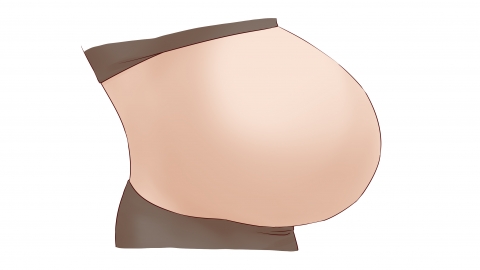How to calculate the duration of pregnancy
Generally speaking, pregnancy refers to gestation. The gestation period is usually calculated from the first day of the last menstrual period, and the entire pregnancy lasts about 280 days, or 40 weeks. A detailed explanation is as follows:

Most women find it difficult to determine the exact time of fertilization, whereas the first day of the last menstrual period is a clear reference point. Therefore, this time is generally used as the starting point of pregnancy. Women with regular menstrual cycles typically ovulate about 14 days before the next menstrual period, and fertilization usually occurs within 24 hours after ovulation. Calculating the gestational period from the first day of the last menstrual period allows for a more standardized division of the pregnancy stages. The pregnancy period is generally divided into three stages: early pregnancy (1-13 weeks + 6 days), mid-pregnancy (14-27 weeks + 6 days), and late pregnancy (28-40 weeks). This classification helps medical staff monitor and assess the condition of the pregnant woman and the fetus. For example, during early pregnancy, attention can be focused on embryo implantation and organ formation; during mid-pregnancy, screening tests such as Down syndrome screening can be conducted to detect fetal chromosomal abnormalities and structural malformations; and in late pregnancy, the focus shifts to fetal maturity and preparation for delivery.
Women who are planning a pregnancy should also record their menstrual cycles during the preconception period and can determine the ovulation period through methods such as basal body temperature measurement and ovulation test strips to increase the chances of conception. At the same time, maintaining a healthy lifestyle, such as balanced nutrition and moderate exercise, will help prepare for conception and a healthy pregnancy.







